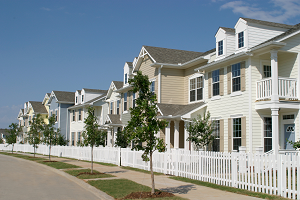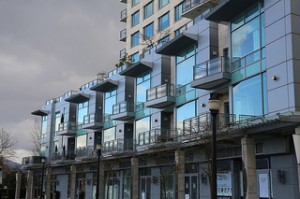 Our first response would be to make sure that you don’t lose your FHA Condominium Project Approval! Obviously, FHA buyers are attracted to your community so it would be beneficial to the association to maintain this approval (Law of Supply and Demand).
Our first response would be to make sure that you don’t lose your FHA Condominium Project Approval! Obviously, FHA buyers are attracted to your community so it would be beneficial to the association to maintain this approval (Law of Supply and Demand).
Really, though, the question stems from the FHA guideline that the maximum concentration of FHA loans in a condominium is 50%. FHA uses case numbers to track all FHA loans and no FHA loan may exist without one. Once the 50% level is reached, case numbers may no longer be automatically assigned using FHA’s online system FHA Connection.
However, FHA does allow greater than 50% concentration in condominiums that meet its guidelines to be granted an exception. In these cases, lenders must contact the jurisdictional Homeownership Center (HOC) and request a case number manually. If the condominium meets the exception criteria, FHA will allow up to 100% FHA loan concentration in the condominium.
All of these criteria must be met in order for FHA to allow the exception:
- The project must have at least 4 units
- The project must be 100% complete and has been completed for more than 1 year
- 100% of the units have transferred from the developer and no one entity owns more than 10% of the units**
- The project’s budget provides for the funding of a reserve account greater than or equal to 10% of the annual budget
- Voting control has transferred to the unit owners
- The owner-occupancy ratio is at least 50%
**Exceptions to the 10% criterion: (1) if the project is 10 units or less, no one person/entity may own more than one unit; (2) Federal, state and qualified non-profit programs may own more than 10% of the units provided that the program is designed to assist low- and moderate- income buyers and renters; and (3) units owned and inhabited by an investor are considered owner-occupied.
The concentration exception terminates with the expiration of the condominium’s FHA project approval. Once the project is recertified, the concentration exception may be sought again. Unless HUD changes this with the issuance of another Mortgagee Letter, it can be assumed that exceptions will continue to be granted once the project is approved and continues to meet the above-mentioned criteria.
Top Photo Credit: (c) Can Stock Photo / Oliver26







 This is a question that arises now and again. A condominium gets approved with FHA and then a borrower has difficulty obtaining a loan because the FHA concentration is above 50%.
This is a question that arises now and again. A condominium gets approved with FHA and then a borrower has difficulty obtaining a loan because the FHA concentration is above 50%.